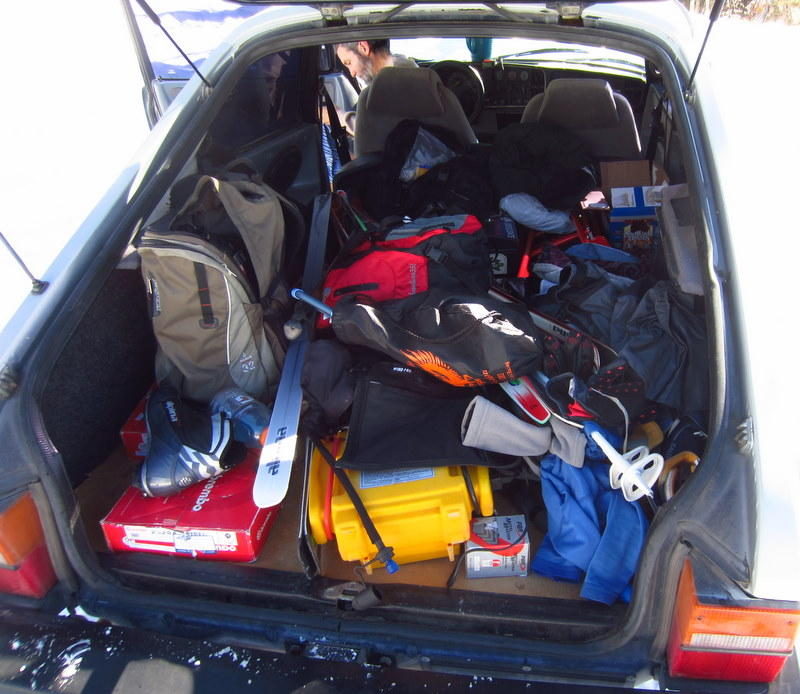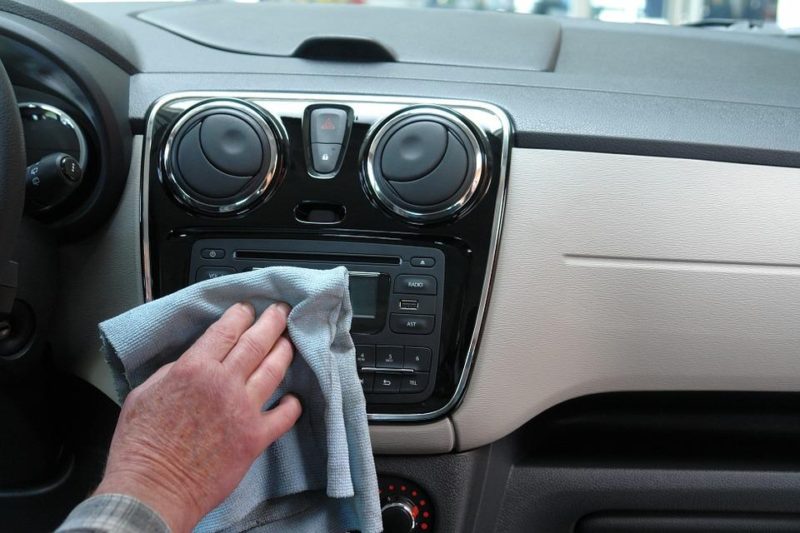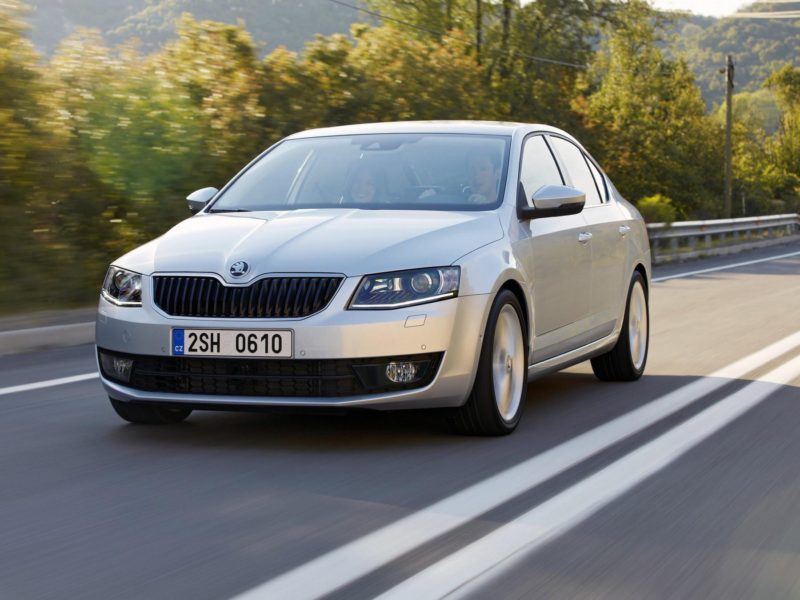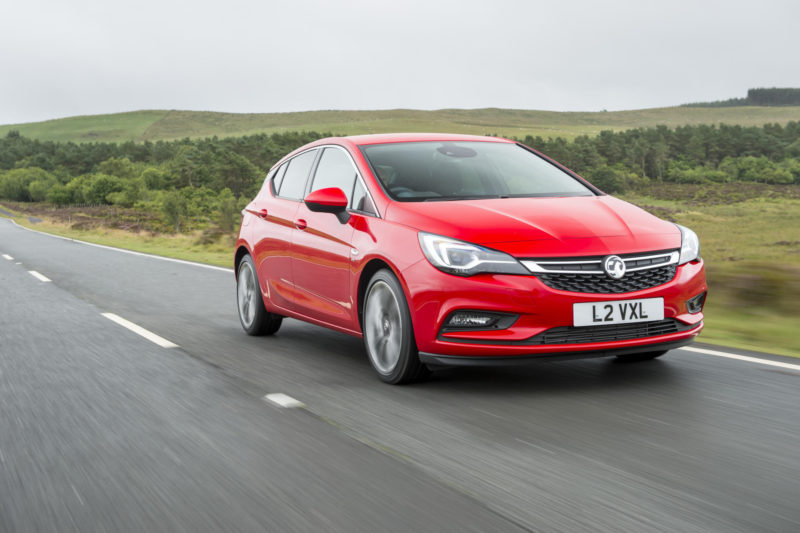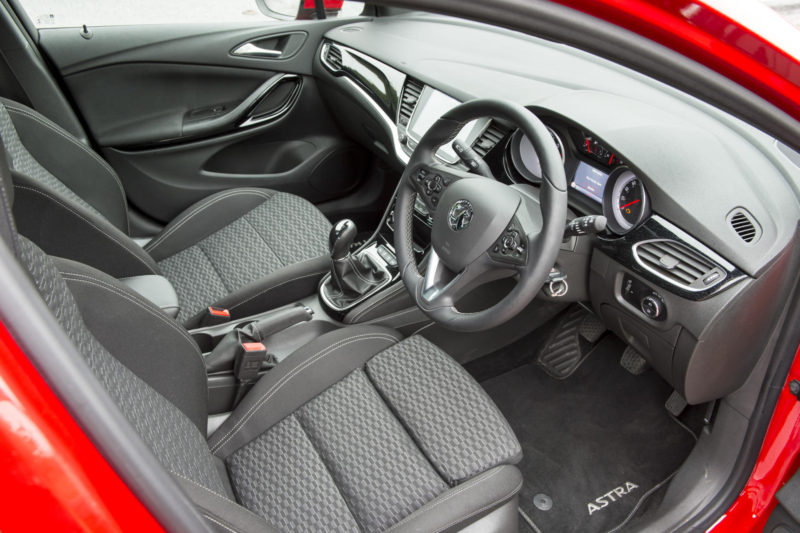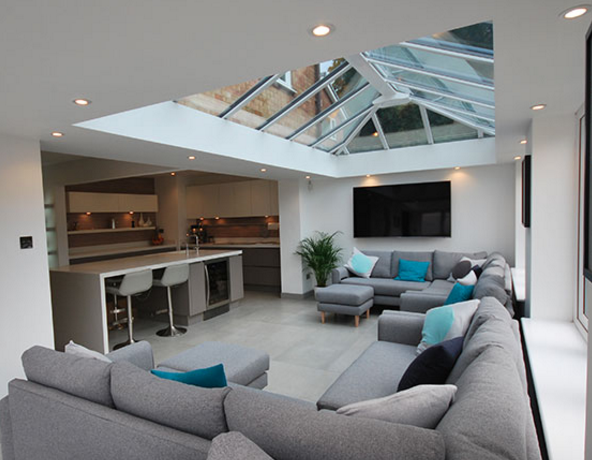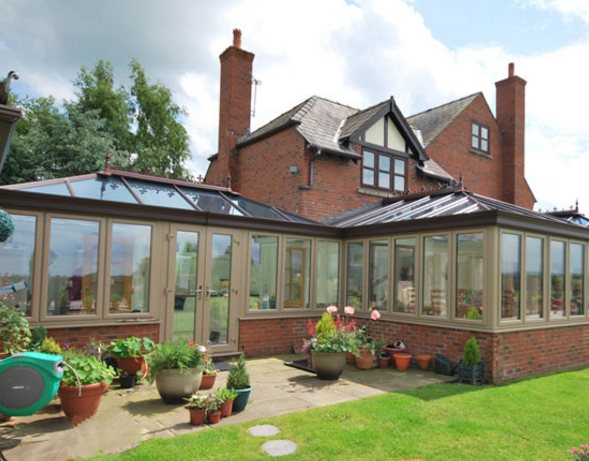Working in the health care field can very stressful. Caring for patients and engaging in biological research is often mentally and physically tiring. Nurses, doctors and all those involved in patient care often spend their days responding to the needs of others. In the process, they may neglect their own health.
All health care workers need to find ways to stay alert and remain energized to avoid their own health problems. This is the best way they can help their patients get the care they need and get better. As health care workers start their day and go through shifts that can stretch for hours it is imperative for them to find the energy they need to do their job and do it well.
Get a Good Night’s Sleep
One of the best ways to stay energized is to put enough time in the sack. Lack of sleep can cause all kinds of health problems including weight gain, high blood pressure and an inability to concentrate. If possible, stick to the same bedtime each night. Avoid eating and drinking within three hours of your planned bedtime as this can make it hard to get to bed.
Sleep in a darkened room that is as quiet as possible. Put inviting pillows and quilts that make the bed an inviting place. Do not watch television or eat in bed. Reserve it for sleep. You’ll wake up feeling refreshed and happy if you get at least seven or eight hours in bed a night.
Start with a Good Breakfast
Breakfast is the meal that fuels the rest of the day. All those in the health care sector should make sure they have a great breakfast that helps them feel confident and prepared after running to the hospital to begin their day. Starting the day with a well-balanced breakfast plate containing protein, carbs and fiber is essential. Scrambled eggs with toast and a side helping of fresh fruit provide the best possible calories to power through a shift.
Stay Hydrated
Lack of water can lead to feelings of fatigue. All health care workers need to have enough water on hand no matter what they’re doing. Bring water in a water bottle or make sure you know where the water fountains are at work. You’ll feel better and your skin will show it. Look for flavored waters if you find plain water unappealing.
Proper Support
Many health care professionals are on their feet all day long. They need to have proper support to avoid tired feet. A comfortable and practical nursing shoe will be one with enough padding, as well as a heel that stretches across the entire shoe to help them reach items from high cabinets. Good shoes should be easy to clean and durable. The right shoes will also be shoes that are comfortable and fully move with the wearer as they go about their day. Look for shoes made from natural materials like rubber and leather. Rubber soles can help you keep your balance even in the event something spills.
Get Some Exercise
Staying fit is vitally important for health sector workers. Many health sector workers must do physically demanding work all day long including lifting patients, carrying items and handing things to others in the operating room. You need to be fit when you’re working in this industry. Even if you get plenty of exercise during the day, you may be neglecting other key muscles. Take the time during the day to work out. Lifting light weights can be highly beneficial, especially for women. If your facility has an onsite gym, take advantage of this benefit. Ten minutes on an exercise bike will help the rest of the shift flow more smoothly.
Snack Intelligently
A fast snack can give you the calories you need to ward off that afternoon slump. You need to find a snack that won’t make you feel bloated or add to your sense of fatigue. Look for snacks in the cafeteria that have a great bang for the caloric buck. A handful of almonds and a bit of dark chocolate can be the sweetness and fiber you need. If you don’t see what you like in the cafeteria, consider bringing your own from home. You can put small snacks like carrot sticks and hummus with crackers in a bag and bring them to work to eat on your break.
Nap with a Purpose
Many hospitals and other health care facilities allow workers access to a bed where they can rest for a few minutes or even longer during a shift. A nap can be the perfect way to emerge ready to tackle the rest of your time at work. Science has shown that a quick nap can help increase your alertness at work and help you be more productive. Twenty minute naps are a perfect way to get more energy. Longer naps can also help with sleepiness, particularly when you’re in the middle of a long shift.
By taking some of the above tips on board next time you enter a long shift, you’ll find yourself with a lot more energy and motivation to get through the day.



